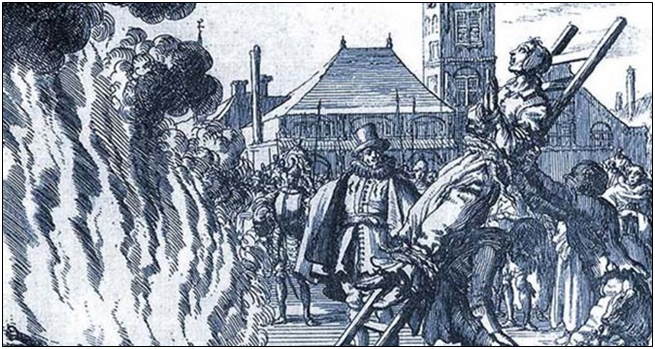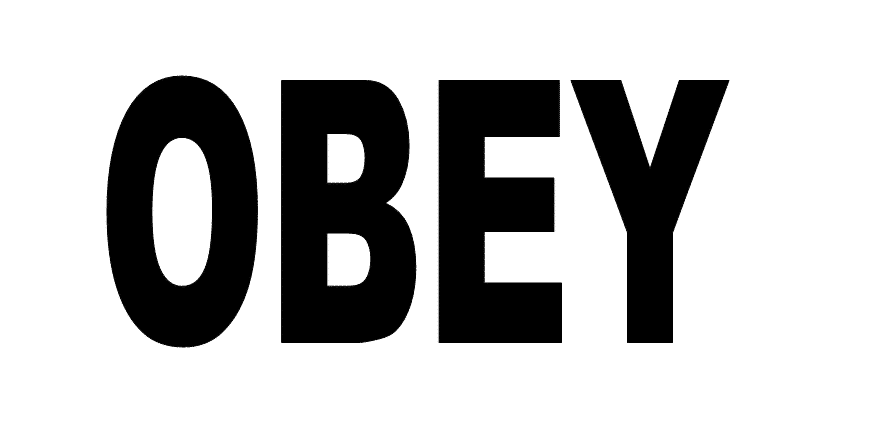
In the 2020 election, a substantial majority of federal government employees who donated to presidential candidates, some 60 percent, gave to former Vice President Joe Biden, with the rest going to President Donald Trump.
Biden raised $1.06 million while Trump raised about $743,000, according to Federal Election Commission data compiled by Government Executive.
While a marked improvement for Republicans compared to 2016, when 95 percent of funds donated went to Hillary Clinton — Trump made substantial increases among the Departments of Homeland Security and Defense — the disparity underscores that by and large, the non-defense and non-security parts of the federal government bureaucracy are overwhelmingly Democratic.
Similarly, public school teachers are overwhelmingly Democratic, with only 36 percent of educators that had a favorable view of President Trump in Oct. 2020, according to the EdWeek Research Center.
Although somewhat improved, that mirrored views in 2016 when roughly half of educators voted for Hillary Clinton and only 29 percent voted for Trump, according to EdWeek. Back then, 13 percent voted for a third-party candidate.
In 2018, higher education was even worse off, according to the National Association of Scholars’ Mitchell Langbert, who found an absurd 10 to 1 advantage for Democrats on liberal arts universities’ faculties.
Elsewhere, Verdant Labs found in 2016 that in the civil service overall, there were 67 Democrats for every 33 Republicans, in publishing, 73 Democrats for every 27 Republicans, in information technology 76 Democrats for every 24 Republicans and in media production, 83 Democrats for every 17 Republicans.
You get the picture.
Republicans and conservatives have spent decades complaining accurately of liberal bias in schools, the civil service, big tech, the news media and entertainment industries, but remarkably have made precious little effort to enlist more teachers, government employees, journalists and artists, and to make investments in media and technology.
The results have not been favorable to Republicans. As it turns out, institutions are critically important.
For government employees, a one-sided partisan bent, particularly of federal employees, resulted in a not-so-quiet resistance against President Trump as soon as he was sworn into office.
Overall, government employees are portrayed by Republicans as living off of taxpayers. The result is fewer Republicans join the civil service.
The result was the Trump administration’s policies being flagrantly disregarded and even weaponized against Republicans. The FBI and intelligence community spent much of 2016 all the way through 2019 pursuing false allegations originated by the Hillary Clinton campaign that President Trump and his campaign were Russian agents, resulting in a special counsel investigation.
During the Obama administration, similarly, the IRS targeted conservative, tea party political groups for disproportionate scrutiny.
On education, Republicans promote school choice alternatives to public education, but only about 3 percent of children are home schooled and about 10 percent attend private schools. Which, if you can afford to do that, is fine.
But the fact remains that more than 87 percent of children go to public schools while most parents work.
In the meantime, Republican campaign literature consistently portrays public schools, accurately, as liberal enclaves for teachers. The result is that fewer Republicans choose teaching as a career, and younger Americans overwhelming vote Democratic.

On information technology, Republicans routinely suggest they are censored on social media like Facebook and Twitter, and only recently have begun promoting free speech alternatives like Parler, but with far smaller user bases at present.
In a world that depends on information interconnectivity, the natural temptation for Republicans is to seek out environments where they are not discriminated against. The cost, however, is leaving a larger chunk of apolitical users on the larger platforms behind.
In striving for alternatives, do conservatives and Republicans run the risk of demanding exclusivity? What about independents and swing voters? To grow, political movements still need new adherents. Surely, alternatives are needed, but conservatives shouldn’t necessarily abandon other avenues of communication.
For the news media and entertainment industries, Republicans note accurately the ever-present liberal bias, but have made very little investment in media. Larger media holding companies have amassed hundreds of billions of dollars of profitable movie, television, music and other properties, which are used to subsidize left-leaning news outlets.
Meaning, in all of the key influential institutions, Democrats have an overwhelming edge.
Which, if that’s what conservatives want, by all means, keep ignoring institutions. But a competitive two-party system, if we are to keep one, may well depend on conservatives and Republicans not turning away from institutions, but in joining them to even out the current partisan advantage Democrats enjoy. That includes pop culture as well.
The alternative is the worsening status quo. In sum: Democrats control the civil service, the schools, big tech and the media. It is nothing short of a recipe for eventual Democratic one-party rule. How much longer will conservatives and Republicans ignore the obvious?
Robert Romano is the Vice President of Public Policy at Americans for Limited Government.






